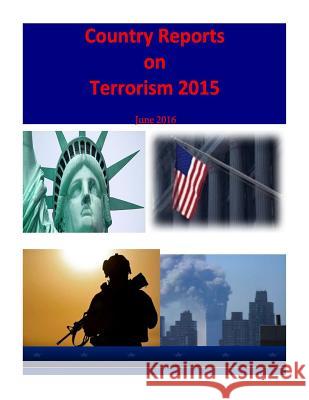Country Reports on Terrorism 2015 » książka
Country Reports on Terrorism 2015
ISBN-13: 9781544273259 / Angielski / Miękka / 2016 / 408 str.
The global terrorist threat continued to evolve rapidly in 2015, becoming increasingly decentralized and diffuse. Terrorist groups continued to exploit an absence of credible and effective state institutions, where avenues for free and peaceful expression of opinion were blocked, justice systems lacked credibility, and where security force abuses and government corruption went unchecked. The Islamic State of Iraq and the Levant (ISIL) remained the greatest threat globally, maintaining a formidable force in Iraq and Syria, including a large number of foreign terrorist fighters. ISIL's capacity and territorial control in Iraq and Syria reached a high point in spring 2015, but began to erode over the second half of 2015. ISIL did not have a significant battlefield victory in Iraq and Syria after May. At the end of 2015, 40 percent of the territory ISIL controlled at the beginning of the year had been liberated. In Syria, local forces expelled ISIL fighters from several key cities along the routes connecting the two ISIL strongholds of Raqqa and Mosul, and reclaimed about 11 percent of the territory ISIL once controlled. These losses demonstrated the power of coordinated government action to mobilize against and confront terrorism.
Zawartość książki może nie spełniać oczekiwań – reklamacje nie obejmują treści, która mogła nie być redakcyjnie ani merytorycznie opracowana.











